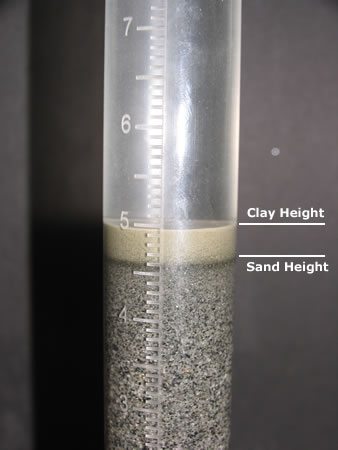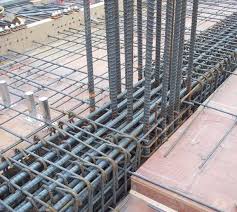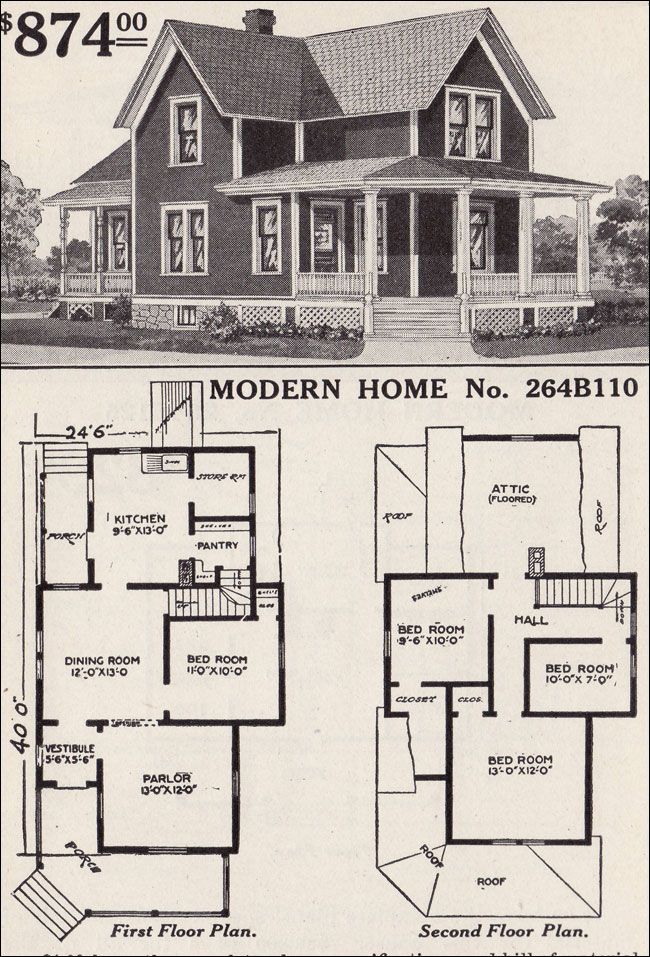Checklist for good concrete mix
Achieving a proper concrete mix at site is very difficult for a common man. Even for a civil engineer it is very difficult to attain a good mix and a proper mix is very crucial for the durability and strength of the structure. Here are some very important points to check before going for a mix. These tips are aimed for layman so I’m trying to use simple terms instead for technical terms.
Materials selection
Materials are to be properly tested in a lab and get approved by an engineer. If possible do a mix design by an licence engineer and do strength test at 7, 28 days.
Test for cement
- Finesse test
- Consistency test
- Soundness test
- Setting time
These test must be done at lab and these test are very simple. There are more tests for cement but not required for residential structures.
Test for aggregates
- Abrasion test
- Crushing value
- Impact test for 10-12 mm aggregates
- Shape test
- Specific gravity and water absorption
One set of each test for every 100 m3 of materials except cement which should be done on every batch.
Water
Water used should be potable water i.e water used for drinking purpose which is free of chemicals and harmful minerals.
Apparatus required
The following apparatus should be provided at site by the contractor at the time of concreting.
- Slump cone apparatus
- Cube molds to take concrete samples for testing (minimum 6 required)
- Beam molds if required, based of scope of work.
- Test tube with graduated markings
Things to look for while mixing
- Check for clay and silt in sand with a test tube, pour dry sand till 25 ml mark in test tube add water till 35 ml mark. Add a pinch of salt and shake vigorously. The clay will settle above the sand and calculate the percentage of impurities. Anything above 8% is not good.

- Make sure all ingredients are uniformly dry mixed before adding water and this is is the correct practice usually not followed as it is time consuming.
- Cement used must not be less than 3 months old. Month of manufacture will be indicated on the bag.
- If the ISI mark is red color it is PPC and black color indicates OPC. PPC is preferred for residential structures and small commercial buildings.
- Nominal mix is M20 and for RCC other than footing M20 is mostly used. M20 means 1:1.5:3 ratio.
- Quantity of mix must be taken in weight (Kg) only as per IS standards. But for small residential and commercial structures this cannot be ensured, for such cases as a “rule of thumb” proportioning by volume is also done.
- If the aggregates used are wet, then water added must be reduced to compensate because wet aggregates carry considerable amount of water.
- Start with less water and gradually add more water, too much water will decrease the strength and less water will result in unworkable concrete.
- Optimum water cement ratio is 0.45- 0.7% and anything above this will affect the strength of concrete.
- After mixing check for consistency and work ability by slump cone test because slump cone test will give you an idea about water cement ratio.
- Insist on concrete mixing by machine only, electric powered or fuel operated because this will ensure more consistent mix.
Placing and compaction of concrete
- After mixing place the concrete as soon as possible because placing of concrete after 45 minutes of mixing will decrease the strength unless admixtures used.
- Compaction of concrete is usually done by needle vibrators and there must be at least 2 vibrators on site.
- Minimum 3 spare needles must be present at site because once the concrete is placed it must be compacted immediately. Initial setting of concrete takes place at 30-45 minutes so first 45 minutes after placing is very important.
- Beam column joints are hard to reach place for vibrators so manual compaction must be done there.

So following these things will help to achieve a good concrete mix which is durable at site. To know about different types and grades of cement read this http://dreamplanbuilder.com/different-grades-of-cement.html https://m.wikihow.com/Make-Concrete


civil engineer
I didn’t know that your concrete couldn’t be less than 3 months old before you use it but that’s interesting. Does it being older make it stronger? I’ll have to check the mont of manufacture before I get any concrete.
Hi,
Thanks for sharing this useful information and ideas with all of us. Keep sharing more information. This is really help to us. NVLN CONSTRUCTIONS PVT LTD is a provider of end to end building Restoration services to help clients to improve safety and longevity of structures. We have been relentlessly working on providing services in concrete repairs & rehabilitation works.
excellent information sir thank you
Hey,
I noticed your Article. I just loved it.
NVLN CONSTRUCTIONS PVT LTD is a provider of end-to-end building Restoration services to help clients to improve the safety and longevity of structures. for more information